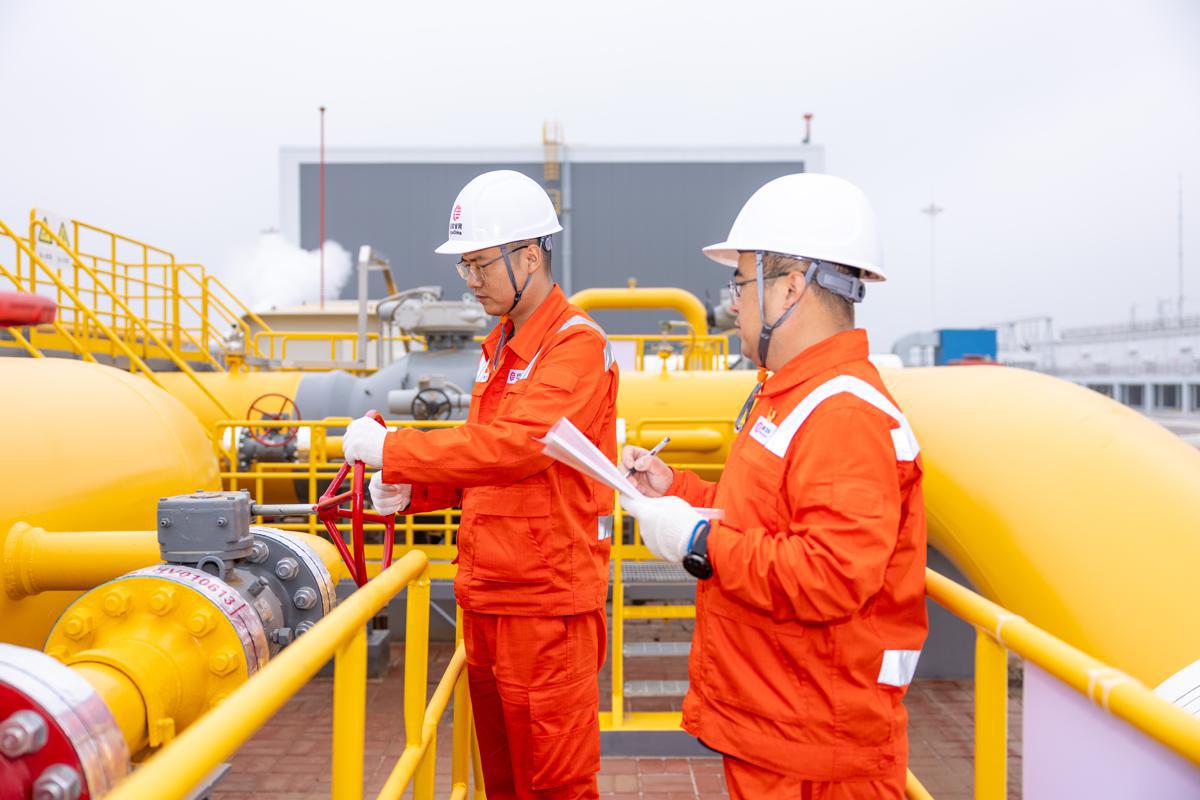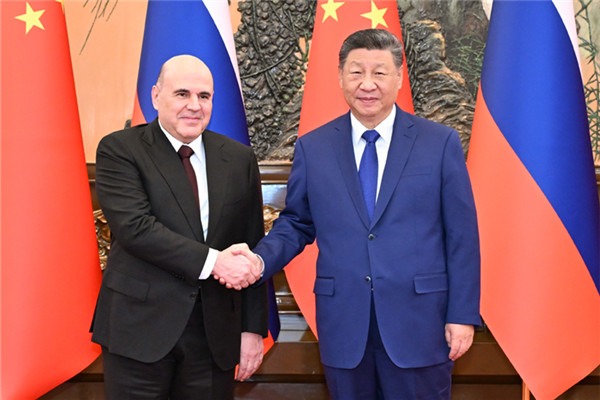China's west-to-east gas transmission project marks commissioning of third pipeline


A key section of China's west-to-east gas transmission project completed its joint operation test on Thursday, marking the full commissioning of the project's third pipeline.
The third pipeline starts from Horgos in the Xinjiang Uygur autonomous region and ends in Fuzhou, Fujian province, passing through 10 provinces and regions, including Gansu province, the Ningxia Hui autonomous region, Shaanxi, Henan, Hubei, Hunan, Jiangxi, and Guangdong provinces.
Stretching about 7,378 kilometers, it has a designed annual transmission capacity of 30 billion cubic meters.
Construction of the third pipeline began in October 2012 and was carried out in three segments: eastern, central and western. The eastern section, linking Jiangxi's Ji'an city to Fuzhou, went into operation in 2016, while the western section, from Horgos to Zhongwei, Ningxia, was commissioned in 2024.
The 2,090-km central section, connecting Zhongwei and Ji'an, began construction in September 2021. Its core part — from Zhongwei to Hubei's Zaoyang city — was completed and entered operation on Sept 26.
In accordance with technical requirements, following the introduction of gas into the new pipeline, pressure was gradually increased in stages. Key parameters such as pipeline pressure, gas flow rate, and temperature were continuously monitored throughout this process. After 35 days of close observation, the pipeline's successful commissioning was confirmed on Thursday.
The Beijing-based China Oil and Gas Pipeline Network Corporation, also known as PipeChina, is the country's largest energy infrastructure enterprise. Its Northwest China branch, based in Shaanxi provincial capital Xi'an and known as PipeChina Northwest Pipeline Company, led the commissioning operation of the new section.
During this process, the company implemented round-the-clock remote monitoring, focusing on mainline pressure distribution, pressure stabilization, and leak detection. Meanwhile, they established a real-time coordination and instant response mechanism with stations and valve chambers along the third pipeline to ensure efficient communication and rapid problem-solving. A total of 147 operational issues were identified and solved.
Wei Lei, deputy general manager of PipeChina Northwest Pipeline Company, said the third pipeline, together with the first and second pipelines, forms an east-west energy corridor. It will help alleviate operational pressure on the first and second pipelines, expand transmission capacity to accommodate increased production from western oil and gas fields, and further meet the natural gas demand in central and eastern regions of China.
So far, China has built three west-to-east gas transmission pipelines and a section from Xinjiang's Turpan to Zhongwei for a fourth. Together, they form a pipeline network spanning more than 20,000 km.

- China's west-to-east gas transmission project marks commissioning of third pipeline
- Xpeng's flying car factory begins trial operations in Guangzhou
- 11 held accountable for Guizhou boat accident
- Schools close as torrential rain from Typhoon Kalmaeigi hits Hainan
- China-Laos sugarcane import season begins
- Inner Mongolia's outbound UHV power transmission surpasses 800b kWh






































